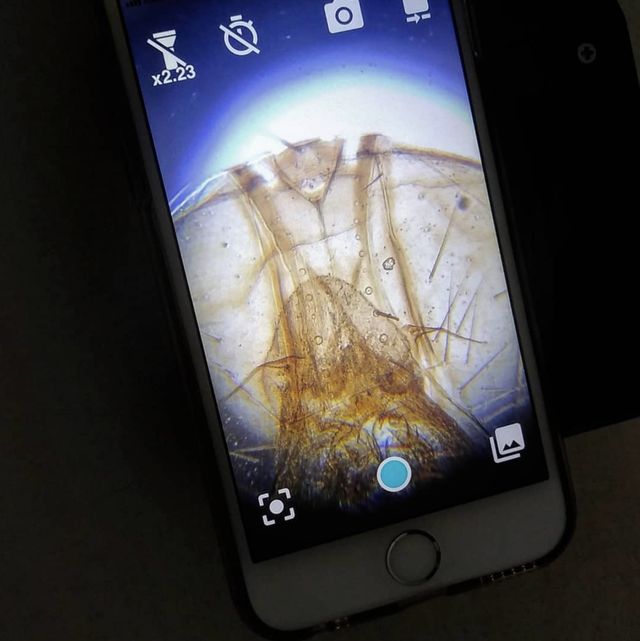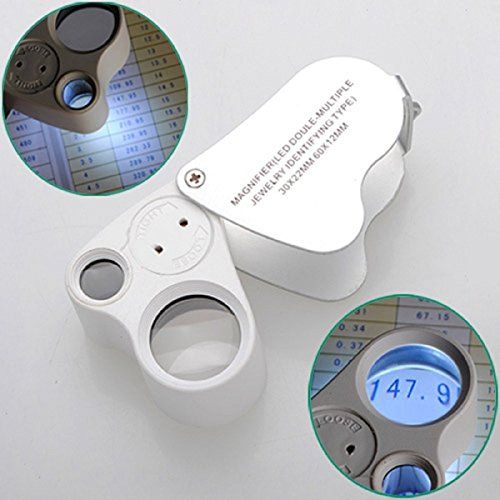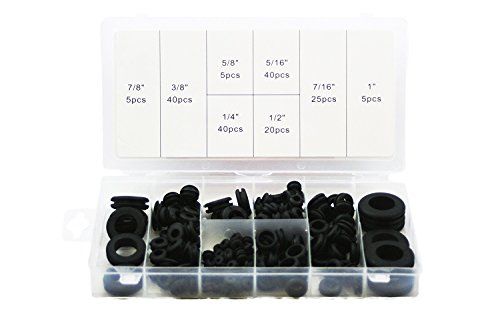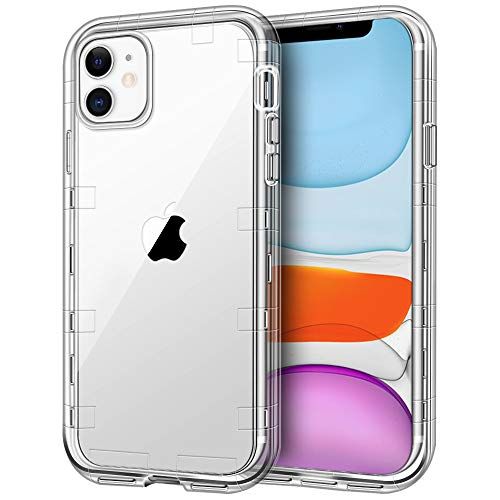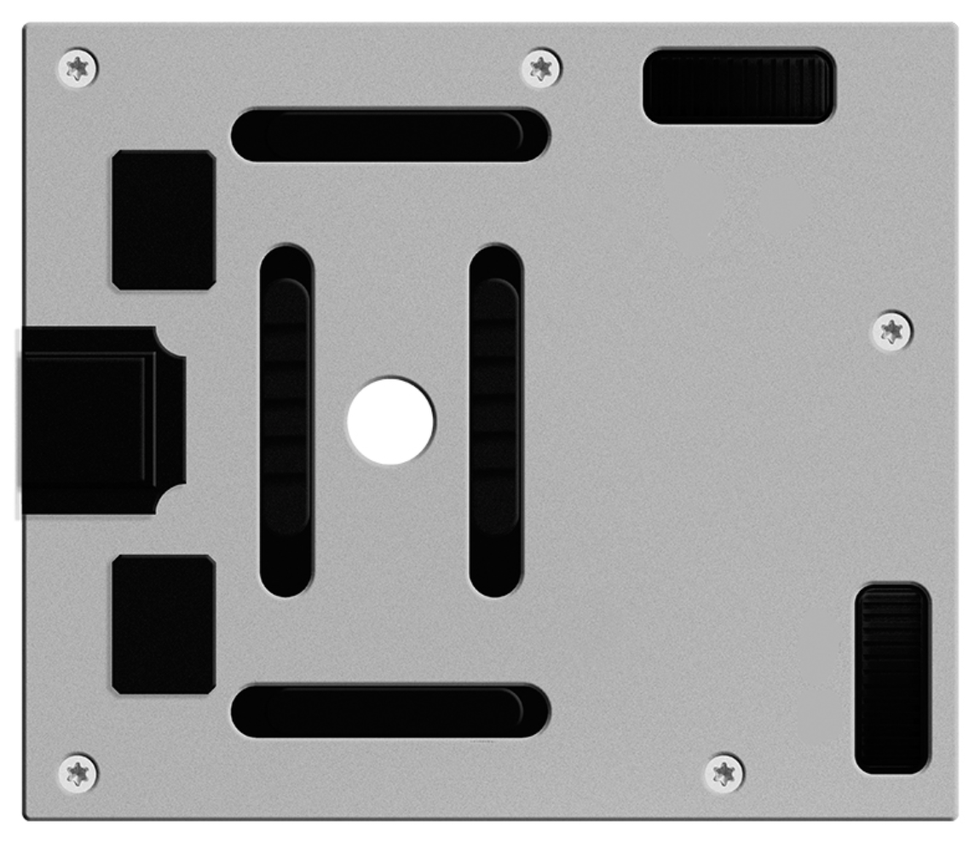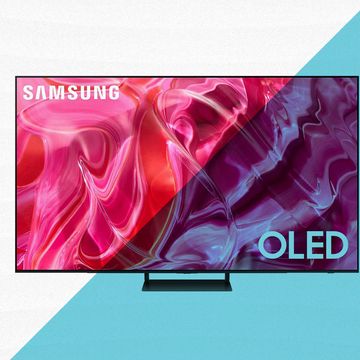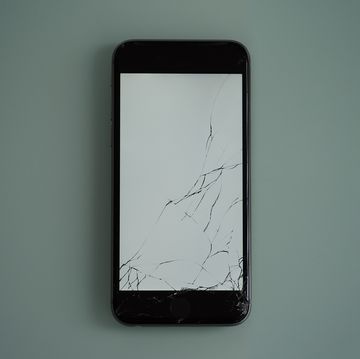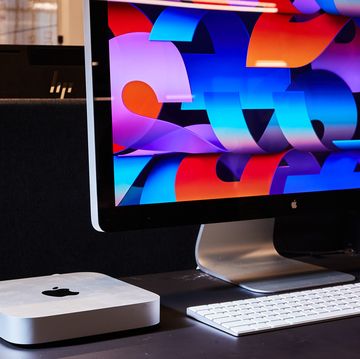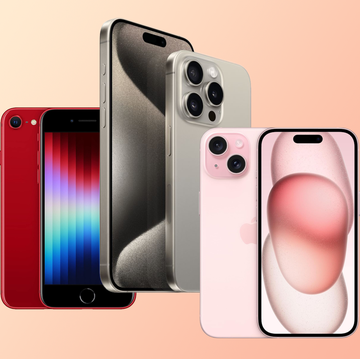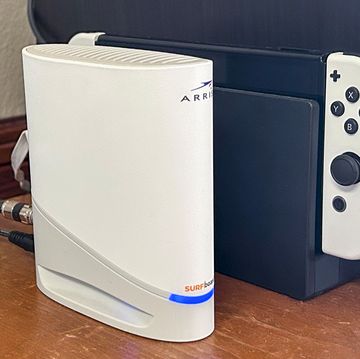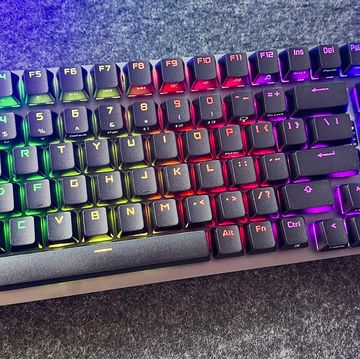- A new smartphone microscope called DIPLE more than doubled its Kickstarter funding goal of about $28,000 well over a month before its December 28 deadline.
- SmartMicroOptics, the parent company producing the device, said that DIPLE is capable of 1000x magnification while using a smartphone or tablet as a monitor.
- This is not the company's first foray into smartphone microscopy. In 2016, SmartMicroOptics introduced Blips, a set of plastic lenses that stick to smartphone cameras to create dramatic magnification.
In the not-so-distant future, there will be a new kind of microscope on the market. One that can easily fit in a backpack or purse and zoom in up to 1,000 times, making it possible for pretty much anyone to explore the microscopic world.
Pictured above, this portable new microscope system shows the magnified head of a fly, but can do so much more. In promotional videos for the new Kickstarter project, called DIPLE, a tester used a commercial lancet to take a small sample of blood before sandwiching it between thin glass slides to examine red blood cells. In another example, a man turned on his vehicle and held a slide to the exhaust pipe. He then proceeded to put the slide beneath an apparatus that connected to his smartphone. Upon inspection, tiny pieces of particulate matter spattered the slide.
SmartMicroOptics—a spinoff of the Italian Institute of Technology, based in Genoa—has invented the smartphone microscope to make the study of microscopic organisms and structures accessible to all. At publication time, the company's crowdfunding campaign had raised over $67,000 from 666 backers, despite a goal of only about $28,000. The Kickstarter still has a few more weeks to go.
Clearly, people want this thing. Bad.
Still, we can't help but wonder, who asked for this kind of technology?
A Microscopic Obsession
It looks like people really, really want to turn their smartphones into microscopes—after all, this is already the second time SmartMicroOptics successfully raised funding for these kinds of gadgets. The first time was in 2016 when the company launched a successful Kickstarter campaign for its Blips product, a set of paper-thin sticky lenses that affix to the back of a smartphone camera. That product made more sense for the average consumer, given that a single lens costs less than $17, easily fits on the phone, and functions as more of a macro lens than a microscope.
University research has jumped on the smartphone microscopy ship, too. In February 2018, researchers from Macquarie University in Sydney, Australia developed and fabricated a smartphone clip that could turn any smartphone into a microscope. The lens can get down to 1/200th of a millimeter and the whole apparatus is 3D printed. The lab has also publicly shared the files for the 3D-printed smartphone clip so that the device can be easily replicated.
There are even DIY hacks to create your own magnification system for a smartphone or tablet. All that you need to follow our guide is a jeweler's mini microscope, superglue, a half-inch rubber grommet and a hard shell case.
According to Dr. Antony Orth, the lead researcher on the clip-on smartphone microscope, it's a lack of access to high-power microscopes in far-flung regions or while out doing field work.
"Powerful microscopes can be few and far between in some regions," he said in a university press release. "They're often only found in larger population centres and not in remote or smaller communities. Yet their use in these areas can be essential—for determining water quality for drinking, through to analysing blood samples for parasites, or for disease diagnosis including malaria."
Other researchers that have tested a prototype DIPLE system have echoed similar sentiments:
"It's handy for quick scans of slides in a lab, even from remote locations," said John Assad, a professor at Harvard Medical School. "The cell phone interface makes it effortless to share micrographs readily with lab members, and so on."
How It Works
The entire microscope apparatus resembles the rectangular boxes most new smartphones come in when they're first purchased. It's certainly portable but definitely can't fit in the pocket of a pair of jeans.
Inside the compact box, there is a light source, a stage for the samples and microscope slides, as well as a sturdy metal plate that contains the optical system. To operate the device, just place your camera lens on the optical system and make sure you're using the DIPLE app to control how you'll scan across the magnified image.
The most expensive DIPLE kit comes with three objective lenses that can accomplish different levels of magnification:
- 35x-200x: With a resolution of 3 micron and a field of view of around one millimeter, this lens, which is packaged in red, allows the user to see cells and microorganisms like protozoans and water bears.
- 75x-500x: Packaged in gray, this guy has a resolution of one micron and allows you to see bacteria, individual cells, yeast and microorganisms
- 150x-1000x: This black lens gets to a resolution of 0.7 to 0.8 micron, making it possible to check out details inside cells.
It also comes with two different mechanical stages that hold slides in place and make it easier to finely navigate across a slide while viewing specimens.
The first is the black standard stage and the second is a silver fine stage that uses mechanical screws to shift the glass slide containing a sample. That makes it easier to precisely search around the microscopic image you're viewing. Both stages allow you to manually scan a sample to quickly find structures for study.
⚠️Kickstarters do not guarantee a product. While most orders are fulfilled, some designs never make it, so support with caution.
Once Kickstarter orders are fulfilled, the kit will retail at $40 for the red 35x-200x lens and $120 for all three lenses. In the meantime, while you wait, check out more mesmerizing smartphone microscopy on DIPLE's Instagram page or YouTube channel.
